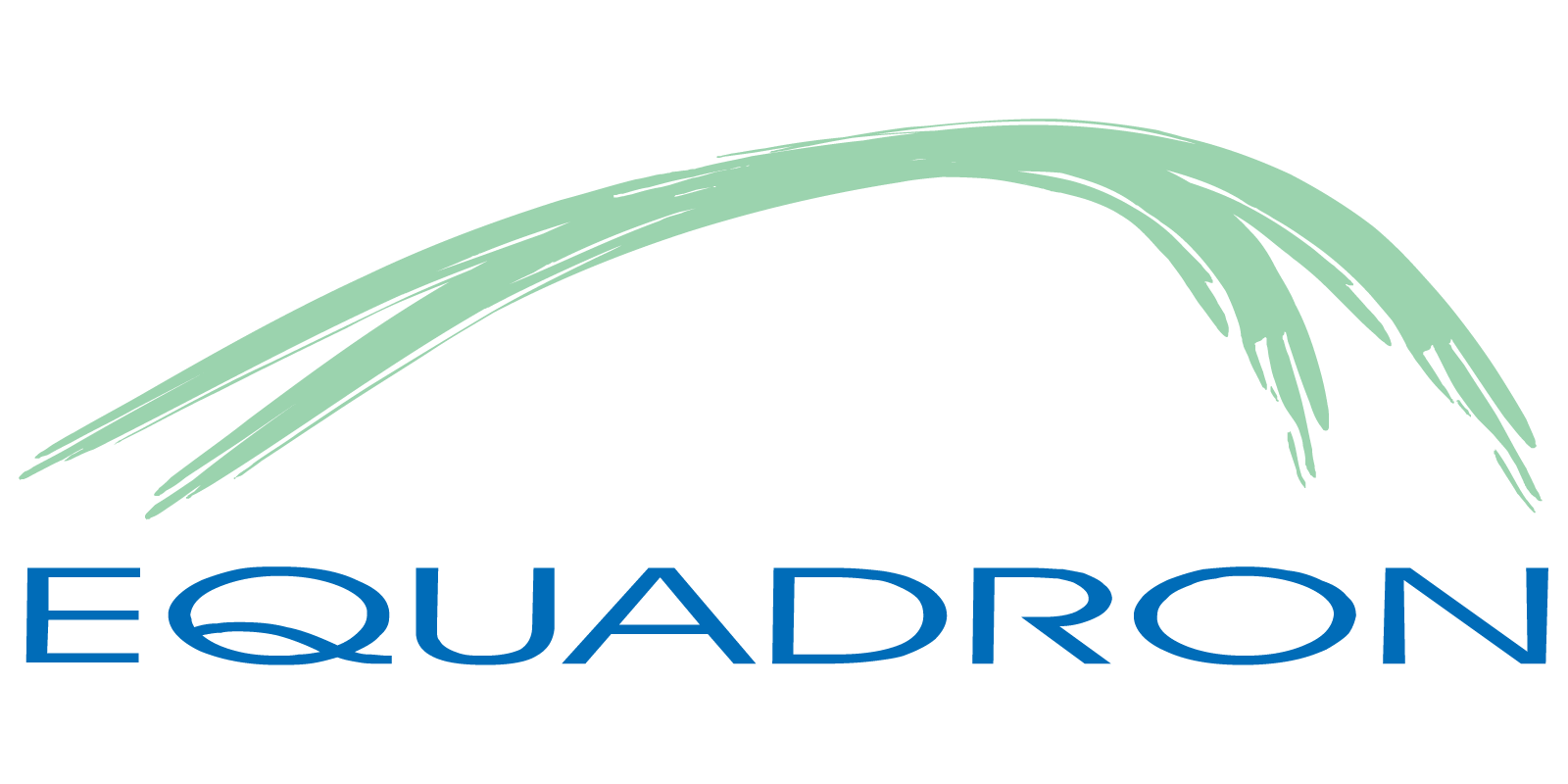The American Iron and Steel Institute (AISI) released recommended steel industry greenhouse gas (GHG) emissions calculation guidelines to provide consistent and comprehensive data across the industry on GHG emissions from steel production, with a focus on product-level disclosures and corporate-level reporting. GHG is defined as any gas that has the property of absorbing infrared radiation (net heat energy) emitted from the Earth’s surface and reradiating it back to the Earth’s surface, thus contributing to the greenhouse effect. Carbon dioxide, methane, and water vapor are the most important greenhouse gases. To a lesser extent, surface-level ozone, nitrous oxides, and fluorinated gases also trap infrared radiation.
The proposed guidelines are the result of a months-long collaboration between key American steel producers and AISI staff.
“The American steel industry’s leadership on reducing emissions is well-known, but there are often disparate sources and avenues for calculating and reporting. Our industry wants to remain transparent, accurate, and outspoken in our advocacy on decarbonization-related activities —and these guidelines can be an important tool to achieve those goals,” said Kevin Dempsey, AISI president, and CEO. “AISI staff researched and compiled information on how external initiatives and programs are addressing scoping and methodology for GHG emissions which have resulted in this initial set of recommendations. A consistent set of data will help ensure policymakers and other stakeholders employ the most accurate information in their decision-making.”

